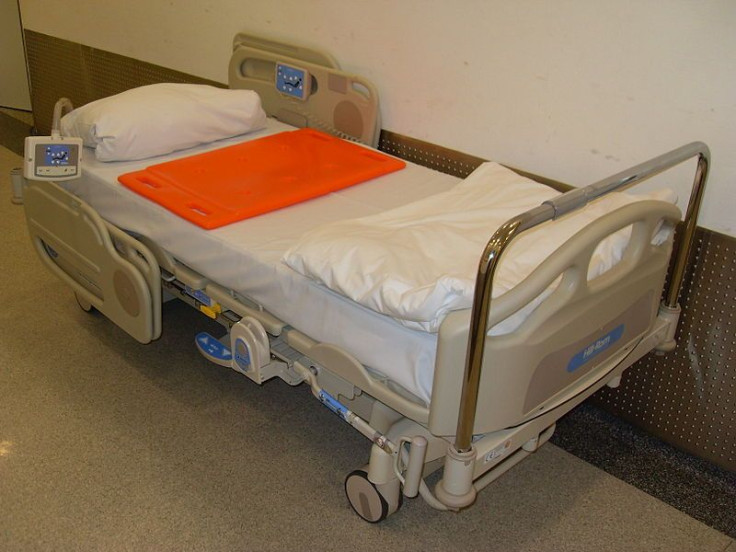Emily Thompson, Guillain-Barre Syndrome Patient, Will Walk Again After Being Paralyzed For 10 Weeks

A 20-year-old former dancer, Emily Thompson, was told by doctors that she may not survive after being on the brink of death 10 weeks ago when her whole body was left paralyzed from a rare medical condition. Today, Emily has won the battle of her life, and will now be able to walk again.
Two-and-a-half months ago, the young student — studying to be a social worker — at Sunderland University in the U.K. developed a numb feeling in her hands and feet that limited her basic motor skills. Upon her hospitalization, the doctors diagnosed her with Guillain-Barre syndrome. The rare syndrome causes the body’s immune system to attack the nerves. The first signs of these attacks include weakness and tingling sensations in extremities that quickly spread, eventually paralyzing the whole body, according to the Mayo Clinic.
In severe cases, like Emily’s, hospitalization is required because of the rapid rate at which the patient’s condition worsens. Typically, most people with Guillain-Barre syndrome experience the most weakness within four weeks after symptoms begin. However, signs and symptoms can progress rapidly, resulting in complete paralysis of the legs, arms, and breathing muscles in the course of a few hours.
Emily’s family was told to prepare for the worst after she caught pneumonia and was forced to spend five weeks on a ventilator, followed by two weeks in intensive care, the Daily Mail reports.
“She wasn’t showing any signs of improving. It became impossible to communicate with Emily and for a few days she couldn’t even move her eyes," Emily’s mom, Carolyn, 51, told the Daily Mail.
The condition is often associated with breathing difficulties that can bring weakness or even paralysis to the muscles that are responsible for a person’s breathing. When hospitalized, patients may need the assistance of a machine to breathe during treatment.
Throughout her weeks in intensive care, Emily’s family kept a bedside vigil to support her through treatment. The student recalls times when she could not process what was happening. “There were 10 days when I couldn’t remember anything. I just didn’t know what was real or what was a dream,” Emily told the Daily Mail. The patient’s older sister, Victoria, a 29-year-old secondary school teacher, wrote Emily a diary of her time in the hospital to help her remember the experience.
After spending seven weeks in intensive care, Emily started to show signs of improvement and began to regain feeling in her body. She was transferred to the Royal Victoria Infirmary in Newcastle, a neurological ward, where she is now on the long road to recovery, according to Mirror News UK.
The former dancer took her first two steps at the neurological ward with the help of her physiotherapist. “I just wanted to cry when I started to move,” Emily said. “It was so overwhelming because I thought it was never going to happen. I thought I was never going to walk again.”
Before recovery, syndrome patients will most likely need the help of a caregiver to manually move their arms and legs. The movement will help keep the patient’s muscles strong and active. In physical therapy, the person will begin to strengthen and flex his or her muscles through the help of massages, exercises, and frequent position changes with a physiotherapist, according to Healthline.
Carolyn considers the physical therapy process bittersweet. "It was just unbelievable to see her up even though she was supported by the physio, but it’s heart-breaking to see her being shown how to walk again," she told the Daily Mail.
The causes of Guillain-Barre syndrome remain unknown and a cure has yet to be found. Approximately 85 percent of patients will fully recover from the symptoms within six to 12 months, according to the American Family Physician. The syndrome can affect both sexes at any age, with younger and older adults at a greater risk. However, the rare medical condition afflicts only one person in 100,000.
“There is little known about the disease and I hope Emily’s story will raise awareness,” Carolyn said.
For more information on Guillain-Barre syndrome, visit the National Institute of Neurological Disorders and Stroke.
Published by Medicaldaily.com



























